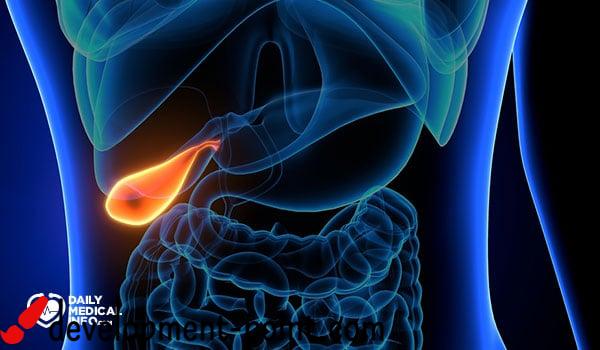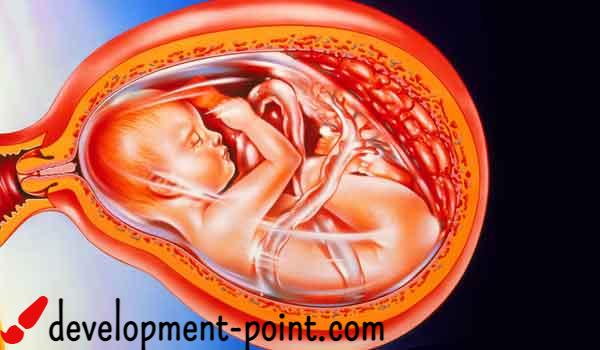What are the abdominal organs in the human body?
Abdominal organs are the organs located inside the abdominal cavity of the human body, these organs are protected by the abdominal muscles, but do you know what the abdominal organs are complete? And what are its contents? An important and necessary topic that you should be aware of, so we will explain to you here everything related to the content of the abdomen and its members, so follow this article with us.
What is the belly?
Abdomen – Abdomen is the part that refers to the space between the chest area and the pelvic area in the human body. The abdomen is bordered from the top by the diaphragm as it forms the upper surface of it, and from the bottom by the pelvic bones.
Abdominal shape and composition
This part of the body is a cavity that contains most of the vital organs in the human body, as the abdomen is the safe box for them. The abdominal organs are considered to be completely protected parts of the body, as the abdomen is protected from the front by a layer of tissue known as the fascia, and in front of it are the abdominal muscles and then the skin, and from the back part the abdomen is protected by the back muscles.
What are the abdominal organs?
As for the organs that are located inside the abdomen, there are many organs, the most famous of which are the organs of the digestive system, the kidneys, the spleen and other organs. Let’s get to know these organs more clearly.
1- stomach
The stomach is the first part of the digestive system inside the abdominal cavity and is considered one of the most famous abdominal organs. This part is responsible for receiving food and starting the process of breaking it down, in preparation for its transfer to the small intestine.
2- small intestine
The small intestine is one of the organs of the human digestive system, and this intestine occupies most of the abdominal cavity, and it is a muscular tube, which may reach a length of 21 feet, and is the place where most of the digestion process takes place. This intestine breaks down proteins, carbohydrates, and fats into fatty acids for the body to absorb.
3- The large intestine
This intestine is less than the small intestine in terms of length by about 5 feet, but its circumference is larger, and this part is considered the last part of the human digestive system and it contains three parts, namely:
- one Eyed.
- colon.
- rectum;
4- pancreas
The pancreas is one of the most prominent organs of the digestive system. It is a gland whose function is to produce some digestive enzymes to help the body digest some substances such as carbohydrates, proteins, and fats. In addition, it makes some hormones that work well to regulate the distribution of nutrients to the body.
5- gall bladder
The gallbladder is a small organ that is a sac located under the liver, and it is also part of the digestive system. The gallbladder is responsible for carrying the extra bile that the liver produces, until it authorizes the pumping of this bile into the small intestine.
6- Liver
This organ is one of the most prominent organs of the abdomen and digestive system, and is located specifically in the upper right quadrant of the abdomen, and is considered one of the largest visceral structures inside the abdomen, and one of its most important functions is the secretion of some enzymes that help digest fats in the body beside vitamins, in addition to treating blood and separating waste from elements food.
7- Kidney
This organ consists of two kidneys, a kidney located in the left part of the body and a kidney located in the right part. As for the natural location of the kidneys, the kidneys are located near the back of the body, specifically on the sides of the spine below the ribs, and it is the organ responsible for filtering blood waste and leaving it out of the human body in the form of urine.
8- Spleen
This abdominal organ is located specifically in the upper left part of the abdomen, and its function is to store and purify red blood cells, and it is considered one of the most important parts of the lymphatic system in the body.
9- Bones
The abdomen contains some bones, such as the bones of the base of the rib cage and also the bones of the lumbar spine, which is located in the lower back.
10- Muscles
The abdomen contains a strong group of muscles, which line the inner wall of the abdomen, and these muscles support various body movements such as walking or bending forward and other daily movements. It also has an important role in stabilizing the abdominal organs in their natural place.
11- Mesentery
The mesentery is the folds of tissue membrane, which is the part responsible for connecting and connecting the organs of the digestive system to each other in a loose way to allow them to slide, stretch and move freely inside the abdomen, as these organs are attached to the abdominal wall.
12- blood vessels
There are a large number of blood vessels, arteries and veins that pass and pass through the abdomen, the most famous of which are:
- Inferior vena cava.
- Aorta.
- Dozens of other vascular branches.
13- Urinary system
The bladder, ureters, and parts of the urinary system are also located within the abdominal cavity.
14- The female reproductive system
Within the abdominal cavity are the uterus, fallopian tubes and ovaries, meaning that the female reproductive system is located inside the abdomen.
The most common diseases of the abdominal organs
Because the abdomen contains many organs, there are a large number of problems and disorders that may affect the abdomen, the most famous of which are:
- Various infections such as, peritonitis, acute abdominal inflammation, appendicitis, cholecystitis, gastritis, pancreatitis and hepatitis.
- Constipation, this condition results from lack of bowel movement, and it is a very common and famous condition.
- Indigestion, this condition causes stomach upset and is a very common and annoying condition.
- Stomach ulcers are erosions and ulcers in the stomach and intestines, and it is a common condition that must be treated.
- Intestinal obstruction. This condition occurs when a blockage occurs in part of the large or small intestine, which causes the bowel to stop moving.
- Gastroparesis, this condition causes a negative effect on the spontaneous movement of the stomach muscles and thus slows the emptying of the stomach.
- Cirrhosis. This condition results from chronic inflammation and causes scarring of the liver.
- Ascites, a well-known condition that occurs due to the accumulation of fluid inside the abdomen, and this causes it to protrude.
- Flatulence, this condition results from the presence of excess intestinal gas inside the abdomen.
- Abdominal hernia, and this condition indicates a weakness in or a gap in part of the anterior fascia of the abdomen, allowing the intestine to pass through this gap and hernia.
- Abdominal aortic aneurysm, this condition indicates the presence of expansion and enlargement of the blood vessel, due to weakness in the wall of the aorta.
- Cancer of one of the abdominal organs, in which one of the organs of the abdominal cavity is exposed to tumors and cancerous cells, such as colon cancer and stomach cancer.

